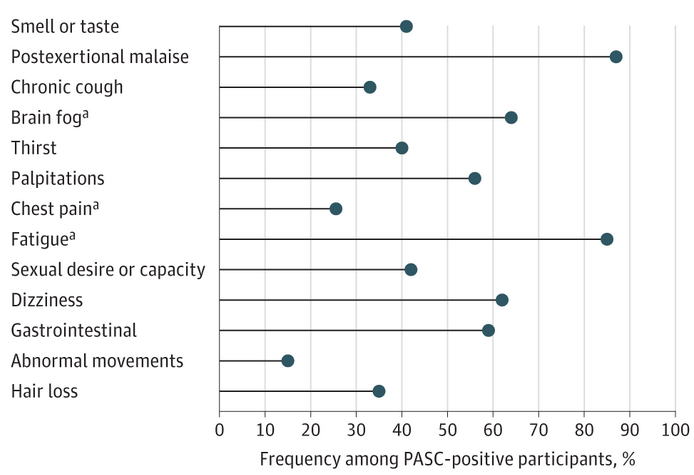Primary Care Providers Still Reluctant to Talk About CBD
/By Pat Anson, PNN Editor
Edibles, beverages and other products made with cannabidiol (CBD) went mainstream years ago, as public attitudes about cannabis changed and retailers discovered there was a growing market for CBD products.
The same is not true for primary care providers, according to a new survey that found most doctors are still reluctant to recommend CBD to their patients because of doubts about its safety and effectiveness. CBD is a chemical compound in marijuana that does not produce euphoria, but is believed to reduce pain and improve other health conditions.
In the online survey of 236 primary care providers (PCPs) affiliated with the Mayo Clinic Healthcare Network in Minnesota, Wisconsin, Florida and Arizona, doctors said CBD was frequently brought up during medical appointments, usually by patients. But those conversations didn’t last long, because most PCPs don’t feel they have enough knowledge about CBD and are skeptical about CBD marketing claims.
PCPs in states where marijuana is legal are more receptive to patients using CBD products, while PCPs in states where marijuana is still illegal are more concerned about CBD’s side effects. But regardless of its legal status, most PCPs believe CBD is ineffective for most conditions for which it is marketed, with chronic non-cancer pain and anxiety/stress being the exceptions.
“Results from this mixed methods study show that PCPs practicing in the U.S. rarely screen for or discuss CBD use with their patients and report several barriers to engage in proactive CBD-focused practice behaviors,” wrote lead author Pravesh Sharma, MD, a pediatric psychiatrist and substance use researcher at Mayo Clinic Health System.
In a second, much smaller study, Sharma and his colleagues conducted interviews with 14 PCPs and found a number of barriers that prevent an open dialogue about CBD, including lack of time, discomfort, low-quality evidence, and CBD being a low priority.
“Our study is the first in-depth report on PCP attitudes, experiences, and practice behaviors related to CBD. The findings of our study have the potential to significantly impact future PCP practice behaviors,” they concluded.
The U.S. market for legal cannabis has grown into a $29.6 billion industry, but not much has changed over the years in terms of its acceptance in the medical community. In a 2020 survey of over 1,000 primary care patients in Vermont, only 18% rated their doctor as a good source of information about cannabis. Nearly half of the patients surveyed had used cannabis in the last year, and most of them thought cannabis was helpful for pain, anxiety, depression, arthritis, sleep and nausea.
The effectiveness of CBD is somewhat murky, because CBD products are poorly regulated and vary so much in dose, quality and whether they also have THC. While CBD may be effective temporarily in relieving pain and other symptoms, some researchers are concerned about its long-term effects on children and adolescents.
“In fact, although CBD is widely available as an unregulated supplement, we researchers know almost nothing about its effects on the developing brain. Of note, these harms apply not only to smoking, but also to ingesting, vaping or other ways of consuming cannabis or its extracts,” Hilary Marusak, PhD, a psychiatry professor at Wayne State University, said in a recent column.
“In my view, it’s important that consumers know these risks and recognize that not everything claimed in a label is backed by science. So before you pick up that edible or vape pen for stress, anxiety, or sleep or pain control, it’s important to talk to a health care provider about potential risks.”
Unfortunately, asking a doctor may not provide many answers.








